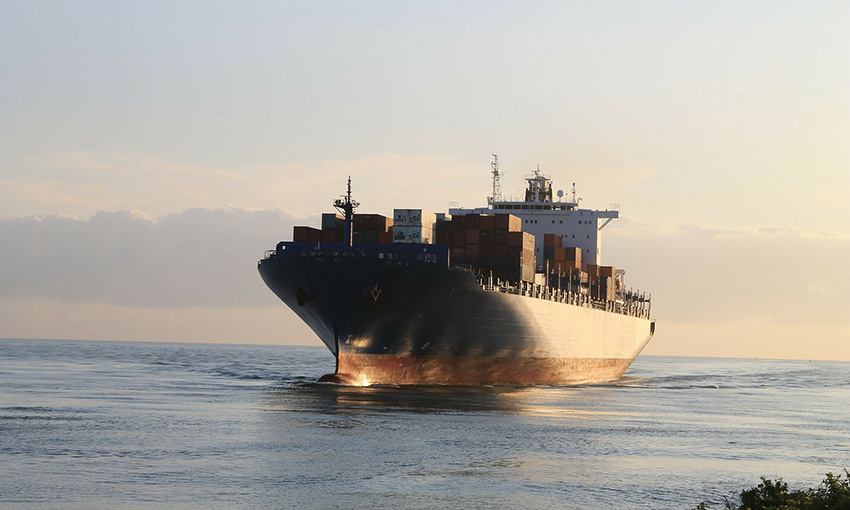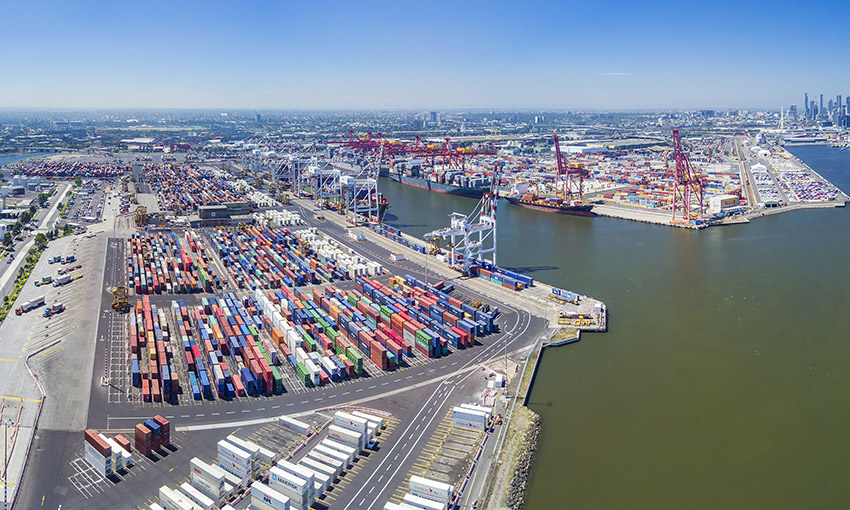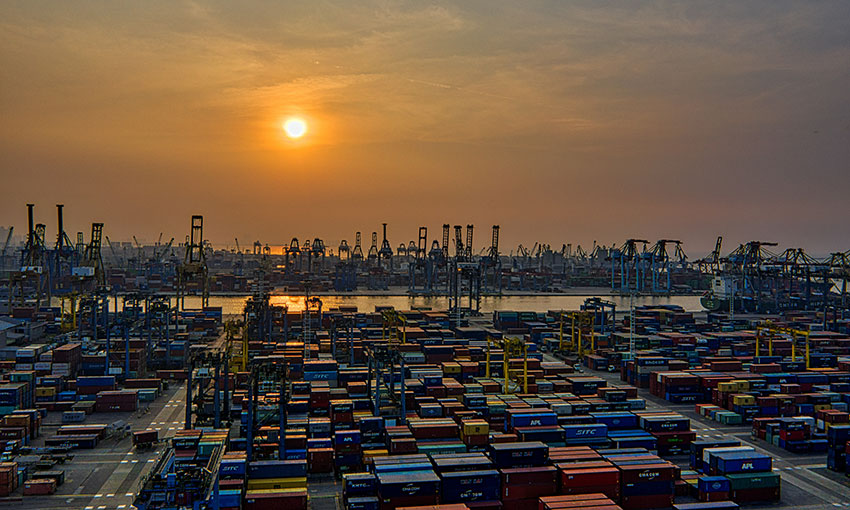THE container shipping sector is heading for another year of record revenue while freight rates remain elevated, according to a new report from the Allianz Trade Economic Research Department.
The Allianz Trade ERD based its report, Shipping: liners swimming in money but supply chains sinking, on data sampled from 30 global shipping companies.
Allianz Trade economists said the sector’s revenues doubled in 2021 and are expected to increase by 19% year-on-year, while operating cashflow is expected to grow by 8%.
Although freight rates reportedly fell by 32% year-to-date, data suggests they are still well above the pre-pandemic average (US$6400 per forty-foot box versus US$1450 per forty-foot box) and are not expected to return to pre-pandemic levels in the short term.
They are forecast to remain elevated in 2023 (US$4550 per forty-foot box) due to the delayed delivery of new vessels, new regulations on carbon emissions, continued truck driver shortages and higher prices across fuel, containers and vessels.
Research suggested higher-than-expected cash generation has helped liners comply with new ESG standards, with investments growing by 61% year-on-year in 2021.
Gross debt fell by 5% year-on-year in 2021 and Allianz Trade economists expect companies to deleverage further in 2022 and 2023 (-16% and -11% year-on-year, respectively), which they said would be crucial in a context of increasing interest rates.
However, despite increased capital expenditures (capex), the report suggests shipping capacity will not increase as much as expected nor as fast as desired.
“The recent investment efforts, although huge, have not been in line with the sector’s capability (cash from operations grew by +274% in 2021 on average) and most of the capex increase is explained by the fact that the price of new vessels doubled last year, not because of larger new orders,” the report said.
“In addition, while 35% of orders should be delivered in 2023 and 39% in 2024, these ships are likely to modernise the fleet instead of fully expanding it as IMO 2023 regulations force companies to retire older ships.”
Based on samples from the 30 shipping companies, Allianz Trade ERD found the sector’s growth rate to be 70% year-on-year in 2021, amounting to around US$1 billion per company.
“The average net profit came to US$3.5 billion, particularly high for a sector that barely reached breakeven during the past five years,” the report said.
The report identified freight rates as the “growth engine” behind the record results but noted the role of volume and prices in the figure.
Global port congestion that began at the end of 2020 also drove up freight rates.
According to the report, the time spent at ports in the first half of 2021 was 11% higher the pre-pandemic average, reducing the number of ships in circulation.
“In parallel, the price of many commodities began to rise, including the steel used to make containers,” the report said.
“As a result, the price of containers also jumped, moving from an average of US$80 [per] TEU before the pandemic to US$180 [per] TEU.
“Today, even if steel prices have been plunging towards ‘normal’ levels, containers remain expensive, which suggests that demand for maritime transportation is still high and logistics bottlenecks still persist.”
But maritime congestion does not appear to be going anywhere, despite more orders being placed for new ships.
The report suggested new orders would not dramatically increase global shipping capacity as the green transition forces companies to retire old vessels that do not comply with upcoming international regulations around sulphur and carbon emissions.
“As a result, we expect that the sector’s increasing capital investments will modernize fleets rather than fully expanding them,” the report said.
It identified four other external factors with the potential to affect maritime congestion and boost the sector’s pricing power.
Firstly, vessels are expected to reduce their speed to lower their carbon footprint, in line with International Maritime Organization regulations for 2023.
The report noted lower speed burns less fuel, but it would further reduce the number of containers available.
The second factor was climate as drought and heat waves are increasing year after year, causing a decrease in the levels of rivers during summer periods and affecting the river trade.
Thirdly, political tensions such as those between Beijing and Taipei may contribute to congestion.
The report said military exercises in the Taiwan Strait could trigger a temporary deceleration of sea traffic in this area, adding extra pressure for congestions in the ports of Xiamen and Hong Kong, two of the most important in China.
And finally, labour strikes could affect congestion as social tensions have reportedly been affecting many sectors recently, including transportation.
The report highlighted the strikes at Felixstowe and Liverpool ports in the United Kingdom which may trigger further regional congestion.





